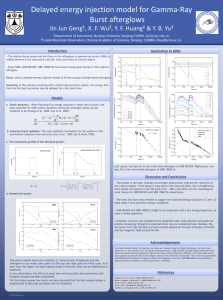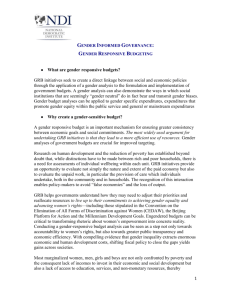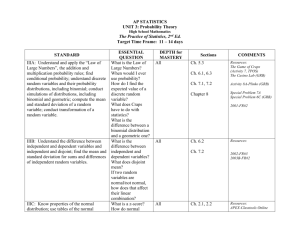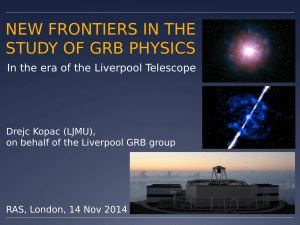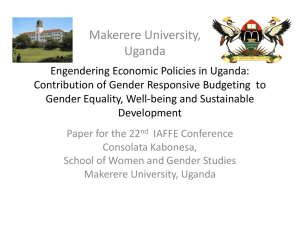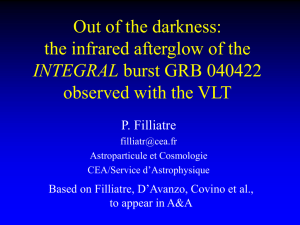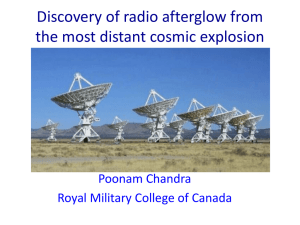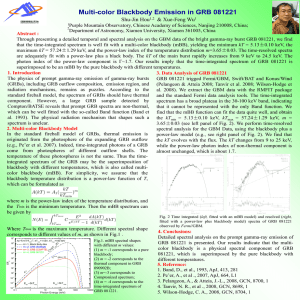DElia_Valerio
advertisement
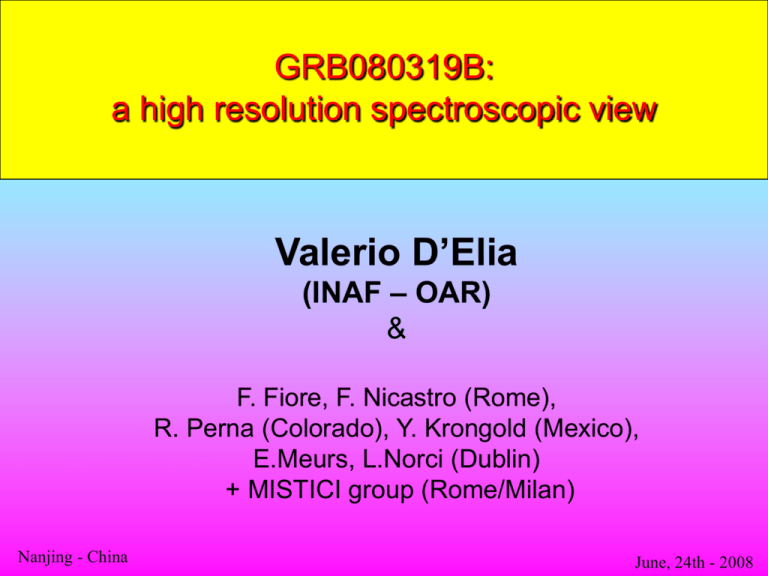
GRB080319B: a high resolution spectroscopic view Valerio D’Elia (INAF – OAR) & F. Fiore, F. Nicastro (Rome), R. Perna (Colorado), Y. Krongold (Mexico), E.Meurs, L.Norci (Dublin) + MISTICI group (Rome/Milan) Nanjing - China June, 24th - 2008 OUTLINE • GRB080319B wih UVES • Absorbing systems (main + intervening) • Main system gas separation in components • Fine structure absorbing features • Fine structure line variability • Conclusions and perspectives OBSERVATION LOG 19 March 2008, 06:12:49 UT: the brightest GRB ever (z=0.937) • Observed before, during and after the GRB worldwide • R=5 at about 20 s and H=4.2 at about 50 s from the GRB: naked eye GRB! UVES observations began just 8m30s after the GRB (fastest response and higest S/N ever) Two RRM and one ToO observations of the event (8.5m, 2h and 3h time delay) Obs. UT Time from burst (s) RRM1 06:21:26 517 600 3050 2 B+R 12 13 RRM2 08:06:42 6833 1800 7 12 1+2 B+R 16 17 ToO 09:07:22 10482 1200 58 1+2 B+R 16 17 Exp. (s) S/N Dich. Arms Rmag Circumburst environment Intergalactic matter GRB explosion site Host gas far away To Earth ABSORBING SYSTEMS 2) #1 1) Intervening 3) 5) 4) Main system #2 #4 #3 Unidentified lines z = 0.76 z=0.937 0.71 0.53 0.57 Fe II Fe II ? Fe II FeMn II II Cr II Mg I Mg II Mg I Ni II ? Mg II ? Fe II Mg II Mg I Mg II MAIN SYSTEM GAS SEPARATION IN COMPONENTS Six components clearly identified MAIN SYSTEM GAS SEPARATION IN COMPONENTS Although some lines are saturated, we have so many transitions that the six components fit results to be very robust MAIN SYSTEM GAS SEPARATION IN COMPONENTS VI V IV III II I Component I shows strong Mg II absorption but no evidence of Mg I: this is possibly the closest component to the GRB FINE STRUCTURE FEATURES The gross structure of an atom is due to the principal quantum number n, giving the main electron shells of atoms. However, electron shells exhibit fine structure, and levels are split due to spin-orbit coupling (the energy difference between the electron spin being parallel or First fine structure antiparallel to excited level the electron's orbital moment). Fine structure splitting FINE STRUCTURE FEATURES How to populate fine structure excited levels: 1. Collisional processes: Incoming e- J=2 J=1 J=0 n (O I) 2. Radiative processes: 2a. Indirect UV pumping Incident UV radiation n+1 2b. Direct IR pumping Incident IR radiation Radiative de-excitation STRONG VARIABILITY Selection rule: J=0,±1 EXPECTED! Photoexcitation (Si II, C II) n J=1/2 J=3/2 J=5/2 J=3/2 J=1/2 J=7/2 (Fe II) n J=9/2 FINE STRUCTURE LINE VARIABILITY Fine structure lines nearly disappear in less than 2 hours (less than 1h rest frame at z=0.937)! Ground state lines remain constant (slight increment compatible with the decreasing of the excited levels) The strongest fine structure line variation ever found (optical depth reduced by a factor of 4 – 20) Fe II* 2396 Fe II 2374 FINE STRUCTURE LINE VARIABILITY Fine structure of component III and IV drops faster than that of component I Possible explanation: Component I experiences higher fluxes for longer times, i.e., is the closest component to the GRB. In addition, component I can receive contribution from collisional excitation (hints of a higher temperatures) FINE STRUCTURE LINE VARIABILITY The ratio between the fine structure and ground levels are linked to the UV flux experienced by the GRB Using GRB080319B lightcurve and spectral energy distribution, we can compute the UV luminosity of the GRB and thus the distance of the absorber in a steady-state approximation. Component I Components III/IV This yields d = 18-34 kpc: outside the host galaxy! Prochaska et al. 2006 Diffuse emission elongated south of the AG Two faint clumps at 1.5’’ and 3’’ 12 and 24 kpc at z=0.937 Tanvir et al. 2008 CONCLUSIONS GRB080319B at z = 0.937 is the brightest GRB ever and the brightest and fastest-observed UVES GRB ever: 8.5 mins after the trigger and S/N = 50 • At least five different absorption systems identified, (main system at the GRB redshift + 4 intervening), between z = 0.937 and z = 0.5 • The main system can be resolved into six components, constituted by different shells of gas absorbing the radiation at different distances from the GRB • The strongest fine structure line variation ever found in a GRB (optical depth reduced by a factor of 4 – 20 in less than 1 hour rest frame), withnesses UV pumping as excitation mechanism. d=18-34 kpc, well outside the host galaxy! • Time-dependent photoexitation models are under construction. Preliminary results confirm that the distance from the GRB is greater than 1 kpc

